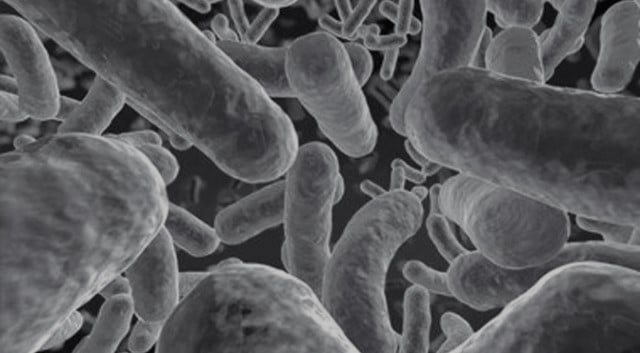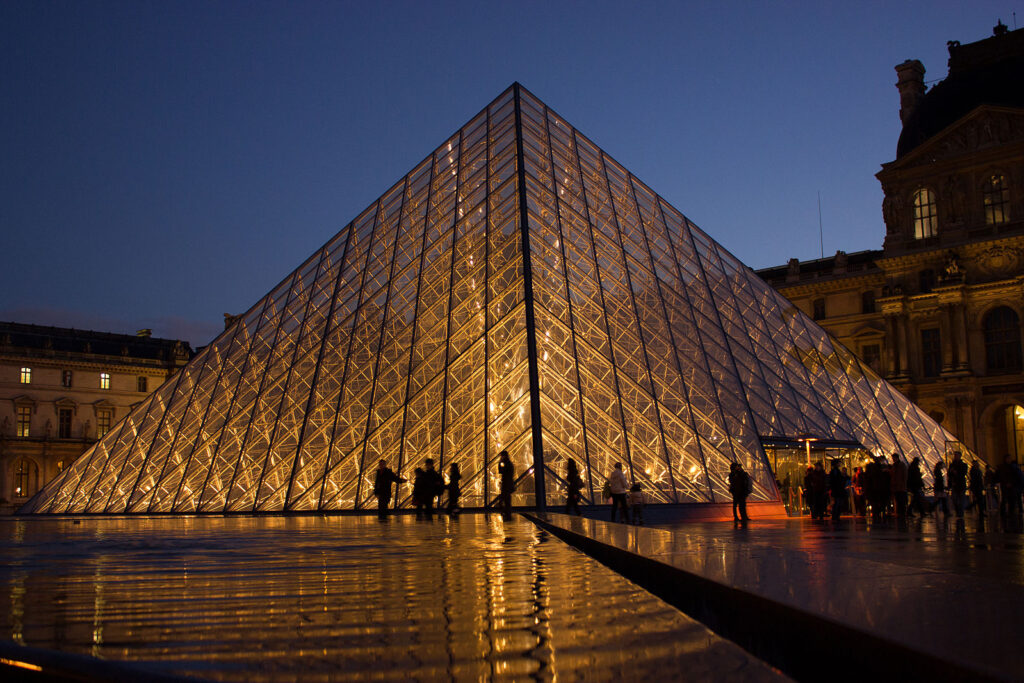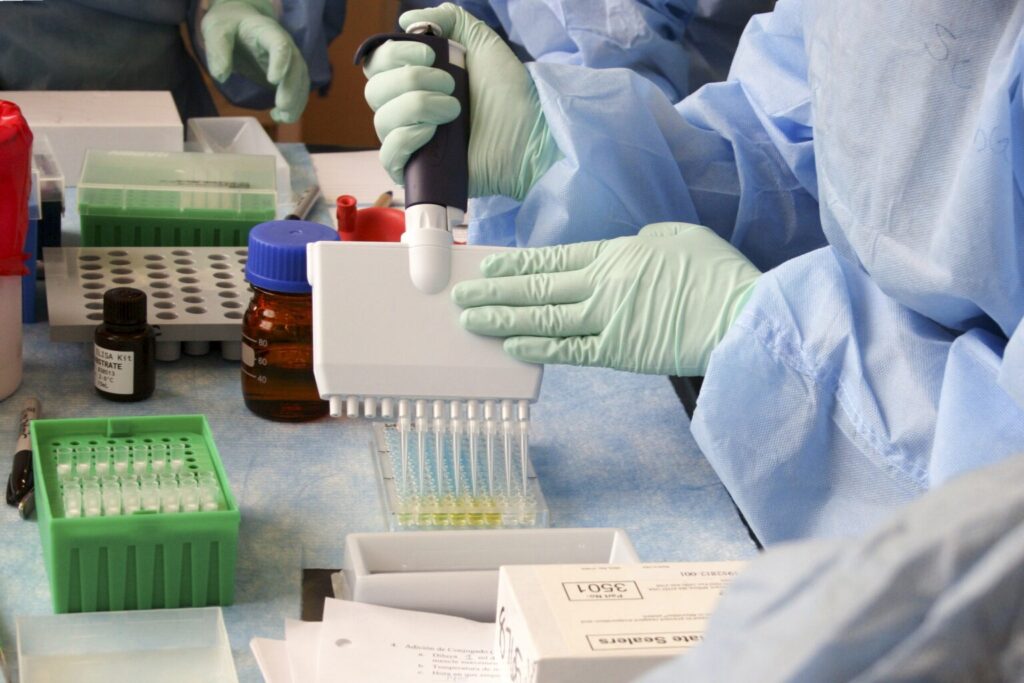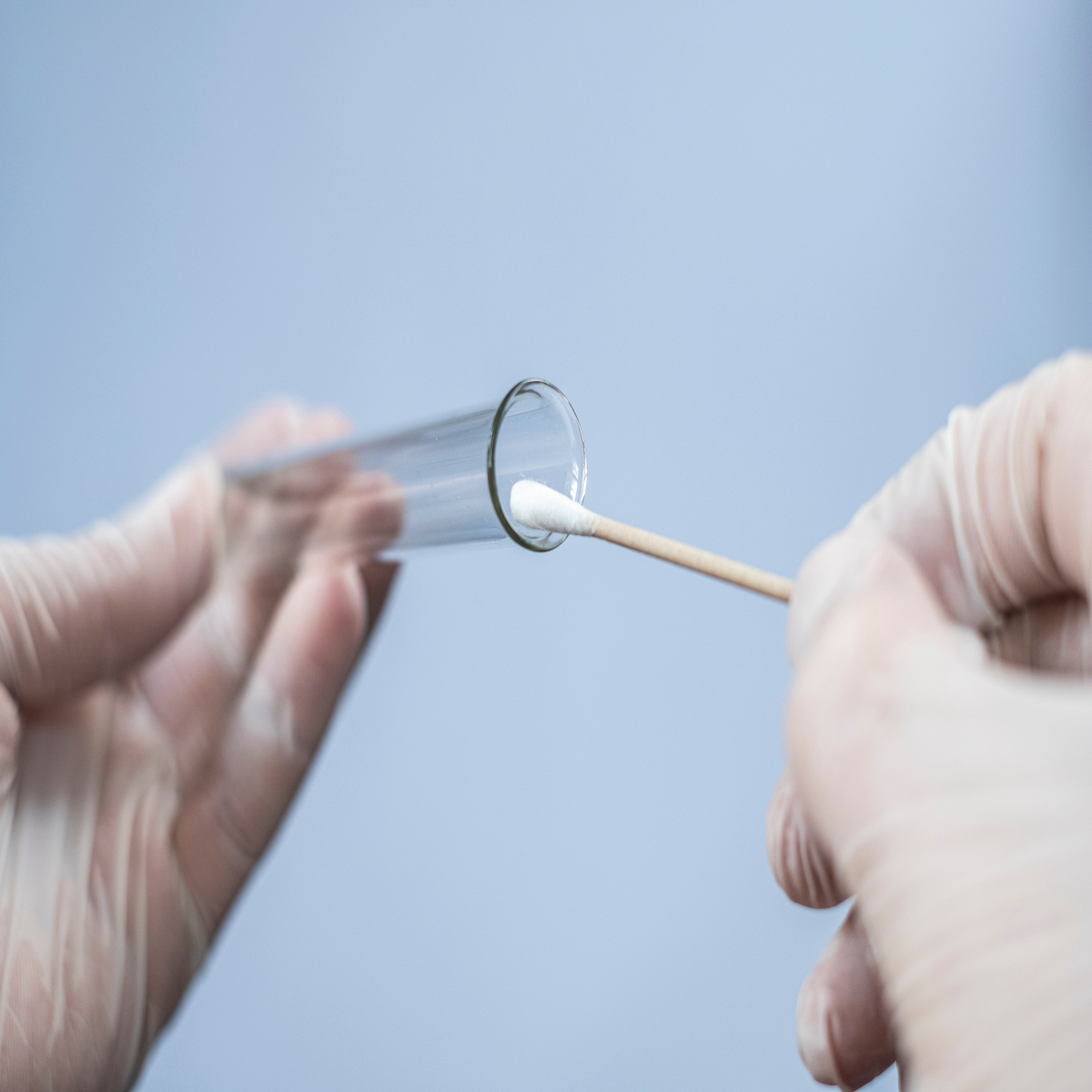Now Reading: Forensic Anthropology and the Use of Virtual Autopsies in Modern Casework
-
01
Forensic Anthropology and the Use of Virtual Autopsies in Modern Casework
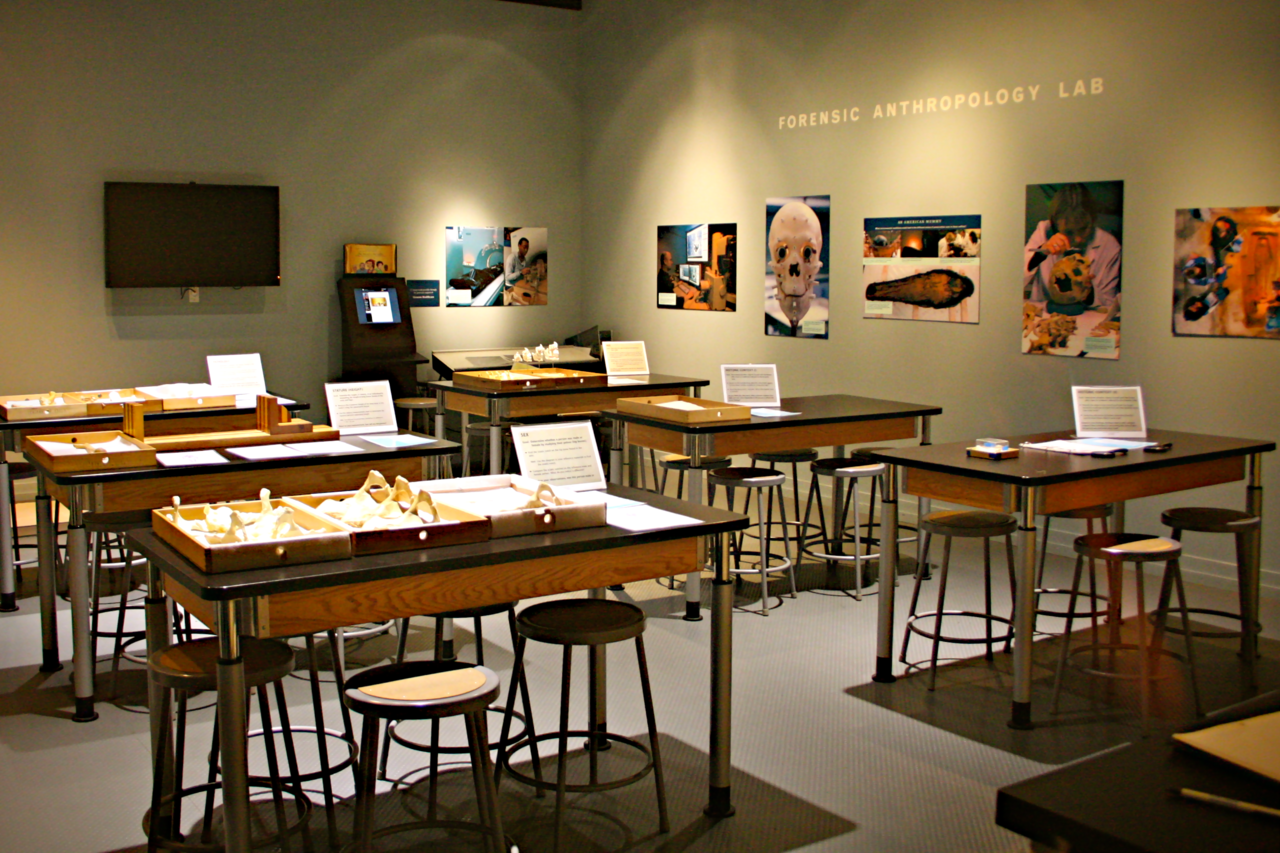
Forensic Anthropology and the Use of Virtual Autopsies in Modern Casework
Forensic anthropology, the scientific study of human skeletal remains to establish identity and cause of death, has experienced revolutionary advancements with the integration of virtual autopsy techniques. Virtual autopsies utilise non-invasive imaging technologies, such as computed tomography (CT) and magnetic resonance imaging (MRI), to examine decedents without requiring physical dissection. This technology allows forensic anthropologists to generate detailed three-dimensional reconstructions of bones and soft tissues, facilitating comprehensive analyses of trauma, pathology, and identification markers in a timely, efficient, and respectful manner. The non-destructive nature of virtual autopsies proves especially valuable in cases involving mass disasters, advanced decomposition, fragile remains, or cultural objections to conventional autopsy procedures. This article explores the historical evolution and current applications of virtual autopsy in forensic anthropology, highlighting key methods such as postmortem CT, CT angiography, and 3D craniofacial superimposition. We discuss how these tools augment anthropological investigations by enabling precise documentation of skeletal trauma, differentiation of perimortem and postmortem changes, and integration with dental and DNA evidence to corroborate identity. Recent technological advances, including artificial intelligence-assisted image interpretations and virtual biobanks, are expanding the informativeness and reliability of virtual autopsies in forensic workflows. Furthermore, the article addresses challenges related to data privacy, standardization of protocols, and interpretive limitations. Ultimately, virtual autopsy represents a paradigm shift in forensic anthropology, combining scientific rigor with ethical sensitivity, enabling investigative teams to solve complex cases while preserving the dignity of the deceased.
Introduction
Forensic anthropology traditionally relies on the physical examination of human skeletal remains to provide crucial information in medicolegal investigations. The primary objectives include determining biological profile characteristics such as age, sex, ancestry, and stature, detecting and interpreting trauma and pathology, and assisting in personal identification. Traditionally, these analyses required direct handling and manipulation of skeletal remains through invasive procedures—methods that can be time-consuming and sometimes culturally or ethically controversial.
The introduction of virtual autopsy (or “virtopsy”) technologies has marked a significant leap forward in forensic anthropology. Virtual autopsy refers to postmortem imaging techniques utilizing advanced non-invasive technologies such as computed tomography (CT), magnetic resonance imaging (MRI), and three-dimensional (3D) reconstructions to examine internal and external structures of decedents without physical dissection. Initially developed to supplement or substitute traditional autopsy procedures in forensic pathology, these imaging methods have demonstrated exceptional utility for anthropological investigations.
This article reviews the evolution and application of virtual autopsy in forensic anthropology, examining how these digital tools are revolutionizing skeletal examinations, trauma assessments, and identification processes. It highlights critical advancements in imaging technology, integration with other forensic disciplines, and emerging trends that promise to expand the scope and accuracy of anthropological casework.
Historical Background and Technological Foundations
The foundation of forensic anthropology is built on centuries of skeletal analysis techniques, but has undergone accelerated modernization in recent decades. Conventional methods involved macroscopic examination of bones, radiographic assessments, and DNA analysis, often limited by sample preservation and investigator access.
Virtual autopsy emerged in the early 2000s with the advent of multi-slice CT scanners capable of producing high-resolution images of entire bodies quickly and non-invasively. Postmortem computed tomography (PMCT) soon became a standard adjunct in forensic pathology for documenting skeletal trauma, gas embolism, and foreign objects while preserving bodies intact. PMCT angiography (PMCTA) further enhanced visualizations by injecting contrast agents postmortem to map vascular structures and pinpoint internal injuries.
More recently, postmortem magnetic resonance imaging (PMMRI) has added superior soft tissue contrast resolution, enabling detailed observations of brain, muscle, organ, and hematoma pathology that complements PMCT findings. Both CT and MRI raw data can be processed through advanced 3D reconstruction software, producing lifelike models of the skeleton, organs, and lesions that forensic anthropologists can rotate, measure, and analyze digitally.
These technologies have been integrated into virtual anthropology, a subspecialty leveraging 3D imaging for comparative identification, trauma analysis, age estimation, and morphological studies without the need to physically manipulate remains. Pioneering studies demonstrated the effectiveness of CT for craniofacial superimposition, allowing matching of antemortem photographs with postmortem skull images to confirm identity in cases of mutilated or skeletonized remains.
Current Applications in Forensic Anthropology
3D Reconstruction and Craniofacial Superimposition
One of the most transformative uses of virtual autopsy in forensic anthropology is 3D craniofacial reconstruction and superimposition. Postmortem CT data generate accurate digital skull models that can be overlaid upon antemortem facial images for comparison. This method provides a powerful tool for identifying remains when traditional dental or DNA evidence is unavailable or inconclusive.
CT-based superimposition methods avoid the pitfalls of physical skull handling and provide reproducible, precise matching of anatomical landmarks such as orbital cavities, nasal aperture, and frontal sinuses. This integration of virtual imaging with facial recognition techniques has proven valuable in missing persons investigations and disaster victim identification.
Trauma Analysis
Forensic anthropologists frequently investigate trauma patterns on bones to determine the cause and manner of death. Virtual autopsy allows detailed visualization of perimortem and postmortem fractures, differentiating trauma inflicted around the time of death from taphonomic damage sustained afterwards. 3D CT images reveal subtle fracture lines, bullet trajectories, and blunt force impact signatures that may be obscured or lost in traditional examinations.
Through digital zooms and cross-sectional views, anthropologists can measure wound dimensions and angles with unparalleled accuracy. Virtual autopsy also facilitates documentation and courtroom presentations with high-quality digital visuals, enhancing expert testimony clarity.
Integration with Forensic Odontology and DNA Analysis
Virtual autopsy extends into forensic odontology by enabling detailed imaging of dentition and jawbones without requiring dissection. Multislice CT scans highlight tooth morphology, dental restorations, and any bite marks, which can corroborate dental records swiftly. Additionally, integration of virtual autopsy findings with DNA sampling guides anthropologists to specific skeletal sites optimal for genetic analysis, optimizing sample collection and identification success.
Mass Disasters and Difficult Cases
In mass disaster scenarios or cases with severely decomposed, burned, or fragile remains, virtual autopsy plays a critical role in rapid and respectful examinations. Mobile CT units can be deployed onsite to scan victims and generate identifications without the delays associated with traditional autopsies.
Furthermore, religious or cultural objections to invasive autopsy procedures can be overcome via virtual autopsy, as it preserves the body’s integrity while delivering comprehensive investigative data across all forensic disciplines.
Technological Advances and Emerging Trends
The rapid advancement of imaging technology continues to enhance the virtual autopsy’s capabilities. Artificial intelligence (AI) and machine learning algorithms are being developed to automate and refine image analysis, detecting fractures, haemorrhages, and forensic markers with greater consistency and speed.
Virtual biobanks that combine imaging datasets with corresponding molecular data facilitate large-scale research and method standardization, while augmented reality (AR) platforms are being explored for immersive investigation and teaching.
Portable imaging devices and improved software are increasing accessibility, allowing broader forensic adoption even in resource-limited settings. The continuous miniaturization and enhancement of CT and MRI technologies indicate a promising future for virtual autopsy in forensic anthropology.
Challenges and Limitations
Despite the promise, virtual autopsy also presents challenges. Data privacy and ethical concerns arise when storing and sharing detailed postmortem imaging. Interpretation requires specialized training, and some soft tissue pathologies remain difficult to characterize solely from images.
Standardizing protocols internationally remains an ongoing effort to ensure consistent reliability and admissibility in legal proceedings. Moreover, virtual autopsy should be considered complementary rather than fully substitutive of traditional forensic examination in many cases.
Conclusion
Virtual autopsy is reshaping forensic anthropology by providing non-invasive, high-fidelity imaging alternatives to traditional skeletal examination. Through detailed 3D reconstructions, superior trauma analysis, and integrative applications with other forensic sciences, it enhances the speed, accuracy, and sensitivity of anthropological casework. The evolving interplay between advanced imaging, AI, and forensic expertise offers unparalleled opportunities for identification and cause-of-death determinations, especially in complex, challenging scenarios. As technology matures and standardizes, virtual autopsy is expected to become an indispensable pillar of modern forensic anthropology, promoting scientific rigor, cultural respect, and judicial certainty.
References
- Jangid C. From Traditional to Virtual: The Evolving Landscape of Virtual Autopsy in Forensic Odontology. J Forensic Radiol Imaging. 2024 Dec 22.
- Gascho D. VIRTual autOPSY—applying CT and MRI for modern forensic death investigations. Front Radiol. 2025 May 12;5:1557636.
- Dedouit F, et al. Virtual anthropology and forensic identification using multislice CT. J Forensic Sci. 2014 Feb 28.
- Santino SF, et al. A scoping review on virtual autopsy. Forensic Sci Int. 2024.
- Rosário Junior AF, et al. Virtual autopsy in forensic sciences and its applications in human identification. Rev Odontol Ciência. 2012.
- Davy-Jow SL. Virtual forensic anthropology: Novel applications of anthropometry and technology in a child death case. Forensic Sci Int. 2013.


